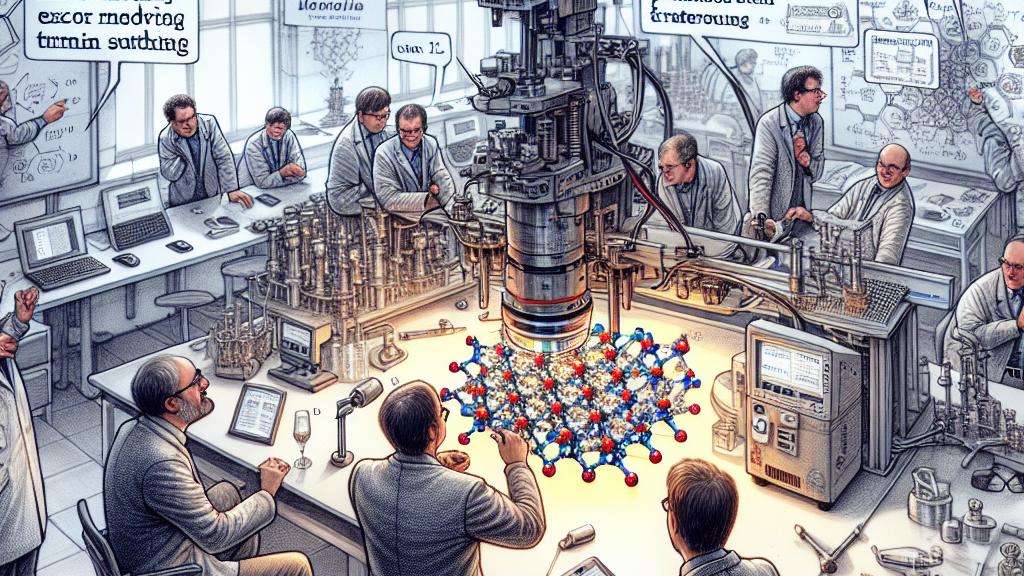Breakthrough Discovery of a Novel Superconductor
Overview
- Yale University has made a groundbreaking discovery of a new superconductor based on iron selenide mixed with sulfur, potentially reshaping our understanding of superconductivity.
- The research lends significant support to the theory of electronic nematicity, demonstrating how electrons can preferentially move in certain directions under the right conditions.
- Focusing on future explorations, scientists are excited to investigate how varying sulfur levels will influence superconducting properties, paving the way for innovative applications.

A Pioneering Discovery
Recently, a team from Yale University, located in the U.S., achieved a remarkable milestone in physics by revealing evidence of a novel superconductor. Using their state-of-the-art Ultra-low temperature Scanning Tunneling Microscope, the researchers examined iron selenide infused with sulfur, and uncovered extraordinary behaviors when subjected to extremely low temperatures. This discovery aligns perfectly with the intriguing theory of electronic nematicity—where electrons start to favor certain pathways over others. It's like a dance where the dancers opt to move in preferred directions, and this insight not only bolsters existing theories but could also revolutionize materials science, sparking new technological advancements in energy transmission and computing.
The Importance of Electronic Nematicity
So, why does electronic nematicity matter? At room temperature, electrons behave symmetrically, flowing freely in all directions, but as temperatures drop, they begin to exhibit a directional bias. This shift, called nematic fluctuations, has a profound impact on superconductivity. In this study, the Yale researchers successfully identified a superconducting gap that corresponds with these fluctuations, an achievement that has remained elusive for decades! Imagine the implications: a deeper understanding of these mechanisms could lead to practical applications such as lossless energy transfer systems and high-performance quantum computing solutions. By bridging the gaps between theory and practical observations, this research showcases a pivotal step toward harnessing the vast potential of superconducting materials.
Looking Forward: A Bright Future
The future of this discovery is bursting with potential. As the implications of the research unfold, scientists are keen to discover how variations in sulfur content could impact iron selenide's superconducting capabilities. If successful, we might finally see the emergence of room-temperature superconductors—a concept that has long been a dream within the scientific community. Just picture it: efficient electric vehicles, radically improved power grids, and innovative maglev trains that glide effortlessly along their tracks! As researchers swarm around this exhilarating frontier, the race is on to validate and expand these findings, potentially ushering in a new era of technology driven by superconductivity. The excitement isn't just palpable; it's a reminder that we're standing on the brink of a scientific revolution.

Loading...